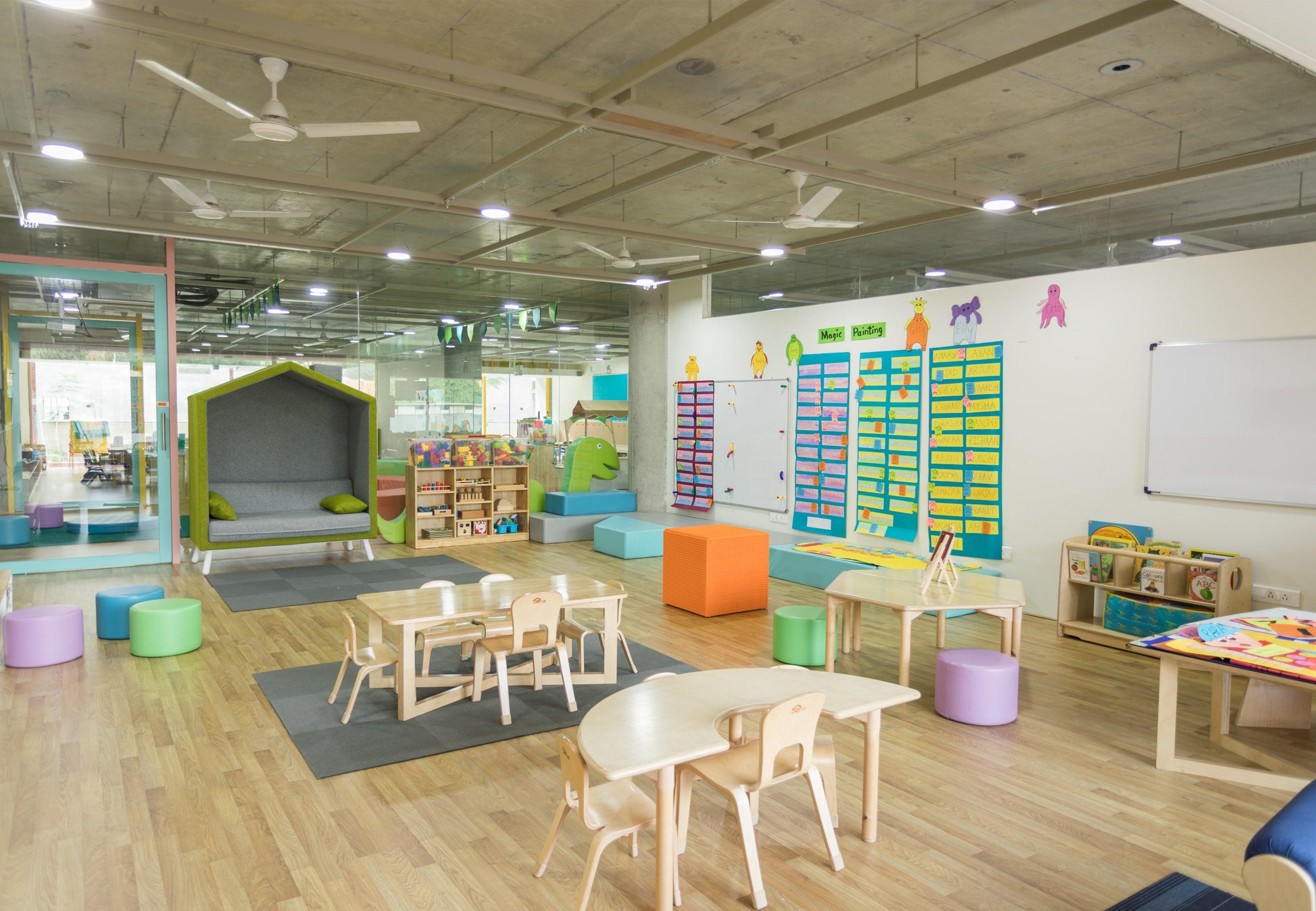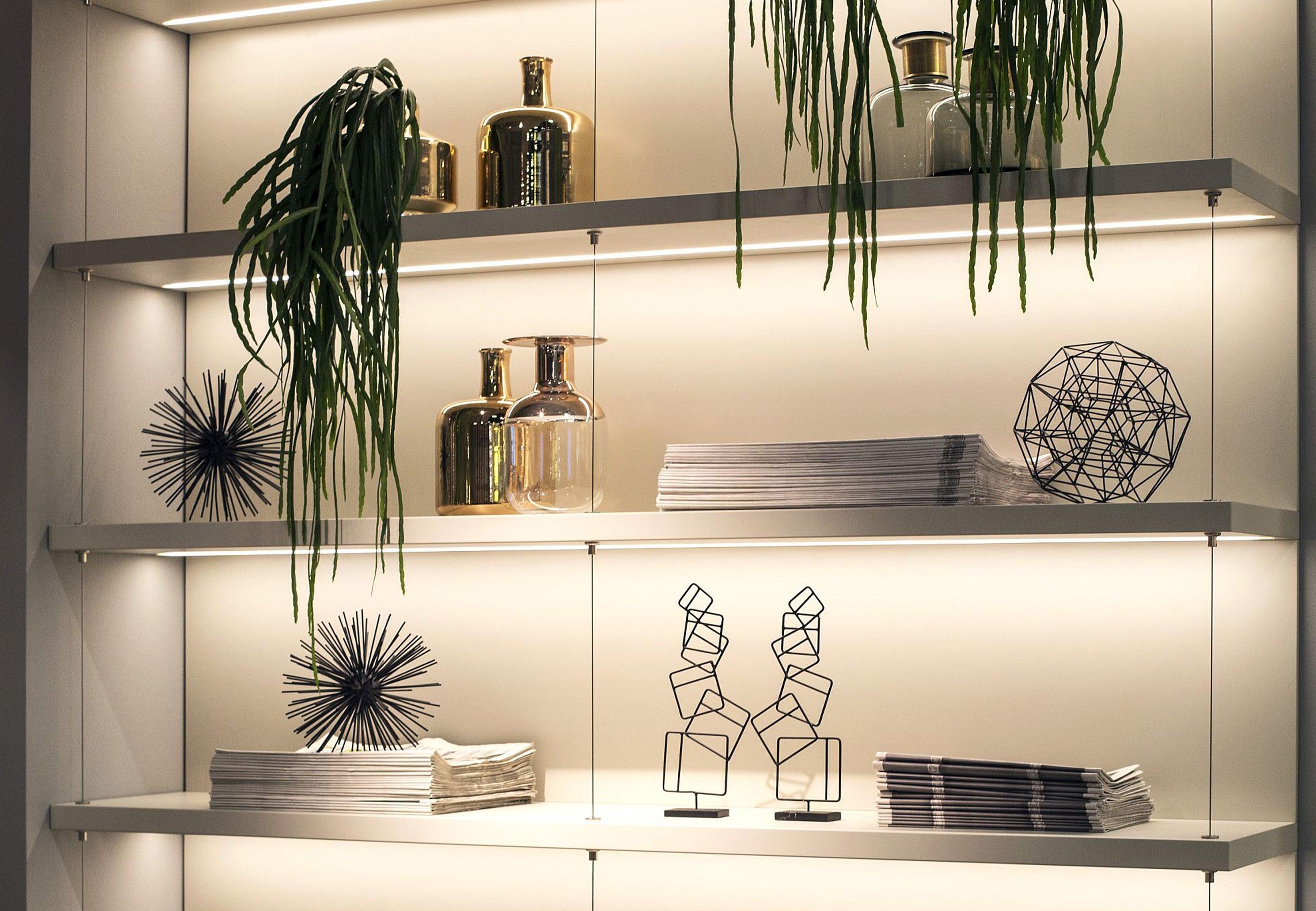
How to Make Kindergarten Education Better With the Right Lighting
There is a direct correlation between how we feel and the illumination in our room. A kindergarten classroom is an especially critical environment for adequate illumination. It has been established that children do better academically and have general health benefits from attending a kindergarten that uses natural light.
Bright kindergartens and classrooms reduce anxiety and tension for kids of all ages, and this effect persists throughout adolescence. The majority of modern lecture halls and classrooms use fluorescent lighting. This type of lighting is ineffective and harmful to kids today.
When exposed to fluorescent illumination, children are more likely to experience stress, restlessness, and anxiety. Poor cognitive performance is a direct result of being exposed to the cool-white light provided by the bulbs. How can we replace fluorescent tubes' harsh, depressing light in a kindergarten classroom? LED lights are the solution.

So, what exactly is a light-emitting diode?
One or more semiconductor light-emitting diodes generate an intense radiance in LED lighting. Compared to fluorescent lighting, the brightness produced by LED bulbs is comparable.
LED bulbs allow for greater control over the output of light than fluorescent alternatives. With a color temperature of between 4100K and 5000K, light from LED bulbs is distinctly chilly. Children with hyperactivity issues benefit from this lighting temperature since it is more relaxing than any other.
The Positive Effects on Kindergartners
The positive effect on students' and teachers' behavior is among the many advantages of adopting LED bulbs in early education and school settings. These bulbs produce a more soothing light, making them ideal for use in classrooms where students need to relax to concentrate.

Another benefit is that these bulbs do not flicker, which is appreciated by everyone in the classroom but is especially helpful for special education students. The durability of LED lights is another crucial advantage for the kindergarten to adopt them.
It's estimated that compared to fluorescent bulbs, the frequency you'll need to replace these will be around 80% lower. The effort and time required to install new lighting in a kindergarten can be disruptive to the staff and the students.
Similarly, the region that funds the kindergarten will save money on light bulbs as they will need to replace them less often. Furthermore, to these great uses in early education, LED lighting is also perfect for the environment due to its long lifespan and the non-toxic chemicals used to make them.
Lighting Fixtures
When contemplating LED bulbs, lighting fixtures should not be overlooked. As long as their power output is lower, LED bulbs can be retrofitted into a wide variety of existing light sockets. Light-emitting diodes (LEDs) can be retrofitted into any lighting in the kindergarten, from ceiling to overhead lights to closet lights.

But if a classroom already has a light fixture that can't accommodate an LED bulb, conceal retrofitting kits are a quick and straightforward way to upgrade to more energy-efficient illumination.
These adapter kits may be fitted into the back of any existing light fixture, making it possible to use LED lights in any room. All kindergarten settings can benefit from these kits, as they can be used indoors and out.
Bright Sunlight
However, while LED lights are the most acceptable artificial option for a classroom, nothing can replace the benefits of having windows that let in plenty of daylight. A classroom would benefit significantly from more natural light. Children and instructors can benefit physically and physiologically from exposure to natural sunlight.

The health and focus of students can benefit from more natural light in the classroom. Cost-effective strategies for replacing fluorescent lighting with natural light include installing extra windows or leaving existing windows uncovered.
Top Tips for the right lighting
The use of occupancy sensors
It's a waste of money to turn on the lights in a room no one is in. Occupancy sensors turn lights off after a predetermined amount of time has passed, eliminating the possibility of forgetful pupils (or, let's be honest, professors) leaving them on.

Plus, the lights will come on when someone walks into a dark room, thanks to occupancy sensors. As a result, an occupancy sensor ensures that no one has to struggle around in the dark, potentially tripping over anything since they either cannot find the switch or cannot reach it because they are holding a heavy pile of books and a cup of coffee.
Timer switches on/off
An Off/On timer could be the best option for saving money on electricity in areas that are always in use (like libraries or communal areas). More specifically, an Off/On timer allows you to set the hours a room needs to be lit and then turn off the lights when the space is vacant.
Pick a suitable color temperature.
Light bulbs with a "warmer" color intensity may be comfortable in a living or family room (or at that favorite restaurant), but they shouldn't be used in classrooms.
Contrary to popular belief, "cooler" and whiter colors have been shown to boost alertness, focus, and even academic performance. Lighting fixtures should be kept within the 5000k-6000k color temperature range.
Consider area-based color rendering indices.
Have you ever observed that exposing colors to natural light makes them simpler to distinguish? Alternatively, have you ever tried to determine the color of an item of clothing by holding it up to the light?
If so, you know how crucial CRIs are for accurate color reproduction. The CRI quantifies how accurately a given light source can convey an object's color.
This means it will be more demanding to distinguish colors under a light source with a lower CRI value (usually between 0 and 55). It will be significantly less complicated with "excellent" lighting (defined as a lumen output of 60 to 85).
And you won't have any trouble distinguishing your blue from your black socks if you choose a light source with a "good" CRI level (90 to 100). To put that number in perspective, the CRI of natural light is roughly 75.

Therefore, color rendering should be a priority when selecting LED lighting for educational institutions. In a library, for instance, this may be a less important quality. But in a science lab or art studio, it can be essential. Lights with a CRI of 80 or above are ideal for these situations.
 Talk On Call
Talk On Call Chat On WhatsApp
Chat On WhatsApp


